Sample return missions are key when it comes to our ability to understand our Solar System.
And on 24 September 2023, NASA’s OSIRIS-REx mission will arrive home, the culmination of its seven-year-long journey to asteroid Bennu and back.
The Origins Spectral Interpretation Resource Identification and Security – Regolith Explorer, to give OSIRIS-REx its full title, will be carrying with it an estimated 250g of dust and pebbles, which it carefully gathered from the asteroid’s surface back in October 2020.
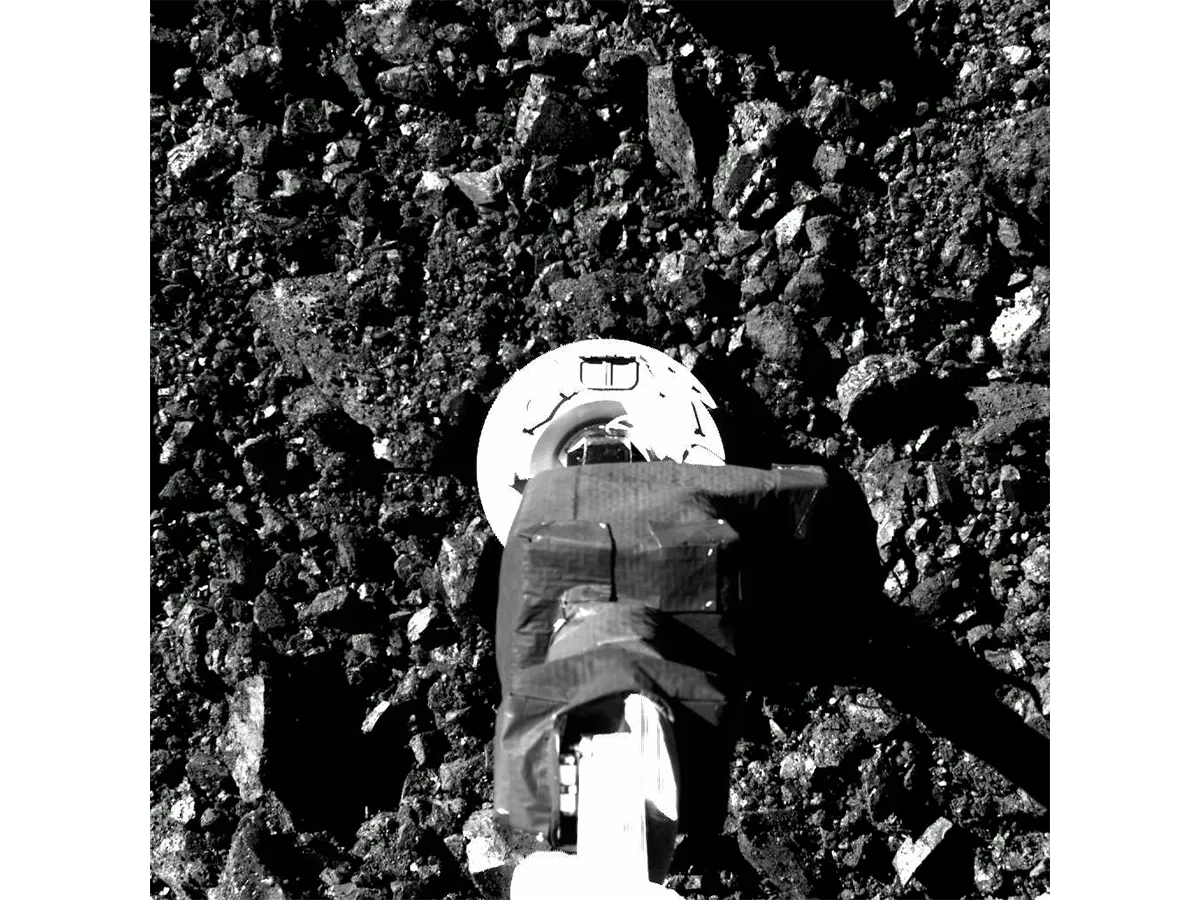
This precious cargo is being eagerly anticipated by planetary geologists around the globe.
It will be one of just a handful of pristine samples taken directly from another Solar System body.
That may not be the case for long, though.
Recent years have seen the number of such sample-return missions increase, heralding a new age for this particular field of space science.
These missions provide a hugely important piece in the puzzle of understanding our Solar System’s history.
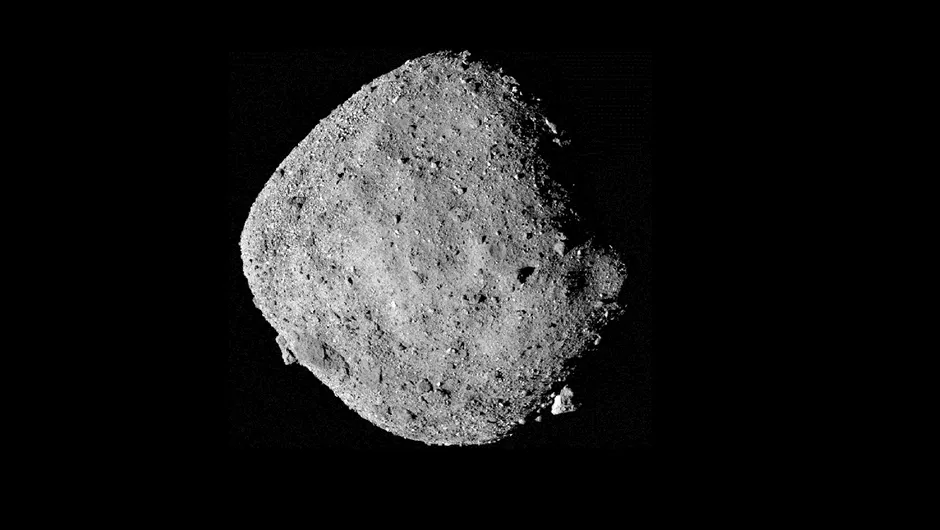
Four and a half billion years after its creation, our Solar System is still littered with the remnants of planets that never came to be, in the form of comets and asteroids like Bennu.
Astronomers have spent centuries staring at these distant objects, while more recently orbiters and lander missions have offered a closer look.
To really understand these space rocks, however, requires the use of advanced equipment that can only be found in labs here on Earth.
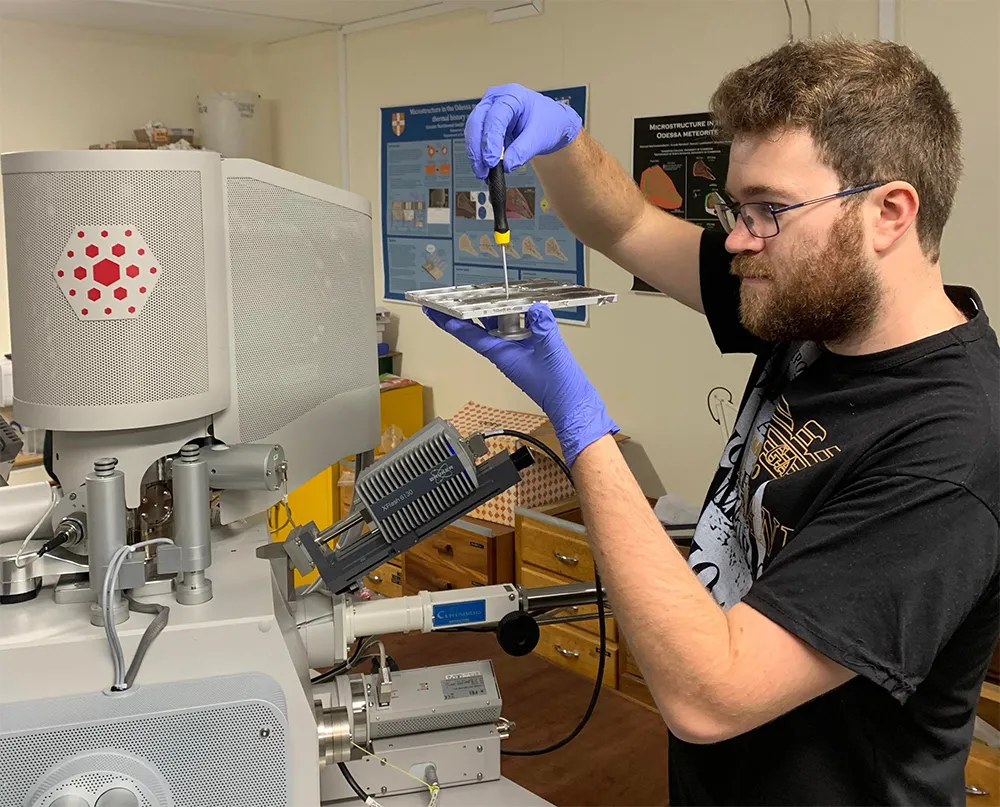
Why sample return missions are so important
We have long been able, of course, to look at pieces of some asteroids that have obligingly fallen to Earth as meteorites.
For decades, these have been collected, catalogued and studied to give us our current picture of the disparate worlds of our Solar System.
The problem is that as soon as a meteorite enters Earth’s atmosphere it’s contaminated by our environment.
This limits its usefulness as a source of information.
And unless the meteor was seen streaking through the sky, there’s usually no indication as to where in space these rocks have spent the last four billion years before hitting Earth.
“My background is in geology, and one of the things our lecturers always say is it’s so important to do fieldwork,” says Sara Russell, head of planetary materials at the Natural History Museum.
“You don’t just analyse a rock; you have to know what all the rocks around it were, where it came from, what the environment was like.”
A brief history of sample-return missions
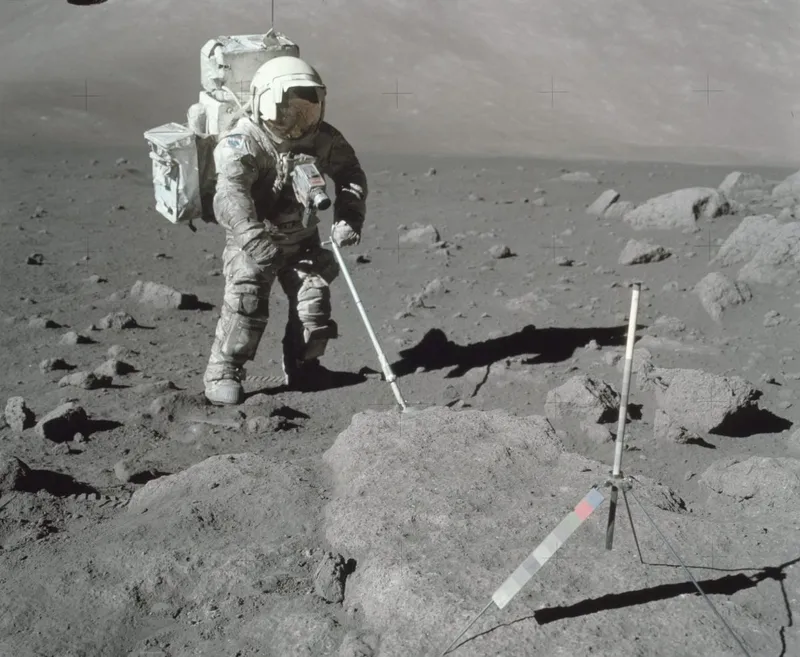
This is why a growing number of space agencies are working on sample-return missions, of which OSIRIS-REx is merely the most recent.
The first such missions were the Apollo landings, which in total returned an astounding 382kg of Moon rocks.
Here, the fieldwork was done by human astronauts who took detailed observations and records of the landscape as they went.
However, most sample-return missions have been robotic.

The earliest of these were the Soviet Union’s Luna 16, 20 and 24, which between them returned around 300g of material in the ‘70s.
But their primitive cameras and sensors provided only limited context.
It’s taken 50 years for technology to develop to the point where spacecraft can operate as effective field geologists.
This fieldwork is started as soon as the spacecraft are within sight of their intended target.
When Japanese sample-return mission Hayabusa2 arrived at asteroid Ryugu in June 2018, it spent several months examining every part of the asteroid with its cameras.
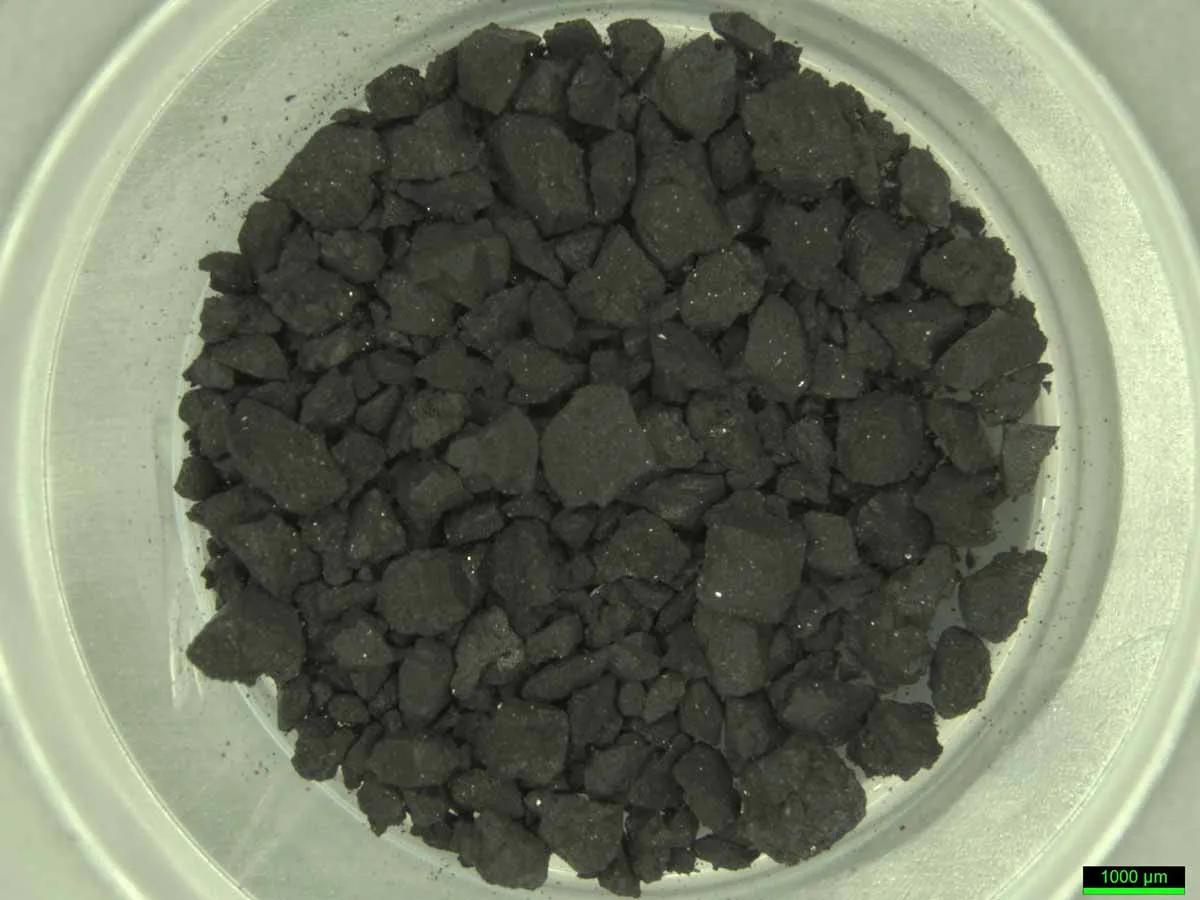
What OSIRIS-REx will do
Six months later, OSIRIS-REx began its own observations when it arrived at Bennu.
“From that you can look at boulder size, distribution and shape,” explains Russell.
Specialised spectral cameras can even give some indication as to what minerals the rocks are made of.
“So you can see whether the bodies are made of the same thing, or if there’s a variety of different rocks.”
These measurements are a vital part of the mission.
For OSIRIS-REx, they fulfil the ‘Resource Identification’ part of its moniker by helping to analyse what potentially useful compounds and minerals can be found on asteroids.

These may even be mined by future space explorers, but they also provide important context that geologists will call upon later.
More immediately, they help the flight team pick out the ideal site to take their sample from.
“The engineers always insist you pick the safest place,” says Russell.
"But the scientists want you to pick somewhere that’s scientifically interesting.
"In OSIRIS-REx’s case, they picked a dark area because that might have more organic material in it.”
What we can learn from spacerocks
Organic materials are the carbon-based chemicals which form the building blocks of life.
It’s thought that asteroids were responsible for bringing these chemicals to the early Earth.
“We know that meteorites collected here on Earth contain a whole zoo of organic materials,” says Russell.
The problem is, Earth is even richer with organic materials, which meteorites come into contact with as soon as they enter our atmosphere.
“There’s a lot of controversy about which of these are due to contamination and which are indigenous.”

Keeping the sample free from contamination is a prime concern.
As soon as the sample is taken it’s sealed inside a special return capsule for the journey back to Earth.
As well as protecting the sample from Earth’s biology, the capsule insulates the precious space dust so it remains at a stable temperature even through the scorching heat of re-entry.
“Most sample returns come from places that have not been hot for billions of years,” explains Russell.
“We don’t want them to start having chemical reactions or similar, so keeping them cool is really important. And also challenging when you’re dropping them from space!”
Collecting samples when they return to Earth

The returning capsules are normally directed to land in deserts, as these are largely unpopulated regions with few obstacles that could damage them.
Soon after arrival, they are swarmed by waiting collection teams that gather not just the capsule but also ‘witness samples’ of the surrounding air and soil.
These – along with special plates which were in the room alongside the spacecraft when it was initially being built – help guide those looking at the samples by recording possible contaminants.
The capsule is then transported to a dedicated facility – the Johnson Space Center in Houston in the case of OSIRIS-REx.
There it will be placed in a sealed box filled with inert hydrogen gas that will prevent terrestrial air from getting into the sample.
“Trying to make sure the sample doesn’t come into contact with the atmosphere is the absolute biggest thing,” Russell emphasises.
“That means keeping it away from oxygen and water, because those are things that will react with the sample and make it start to erode away.”
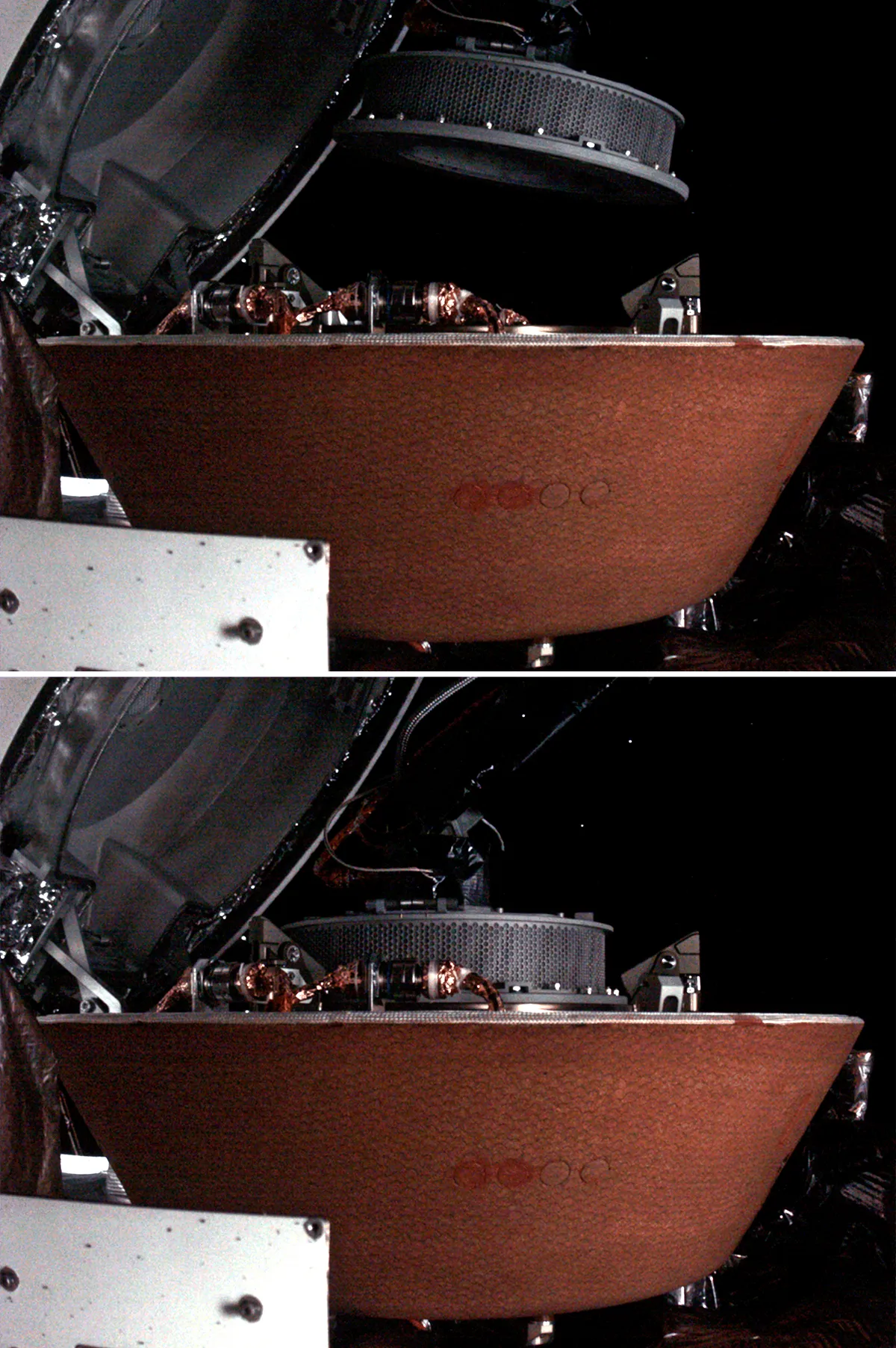
Once the canister is open, the team will photograph every pebble and grain collected to catalogue what they have.
Around 75% of the sample will be packaged up and stored, ready for future generations of researchers to analyse.
But the remaining quarter will be divided up and sent to waiting partner facilities around the world.
“We’re really lucky to be getting a bit of Bennu very early on,” enthuses Russell.
“We’re going to CT scan it – which is largely considered non-destructive – and that will give us an idea of its internal structure.”
Alas, many of the tests will not be so kind to the sample.
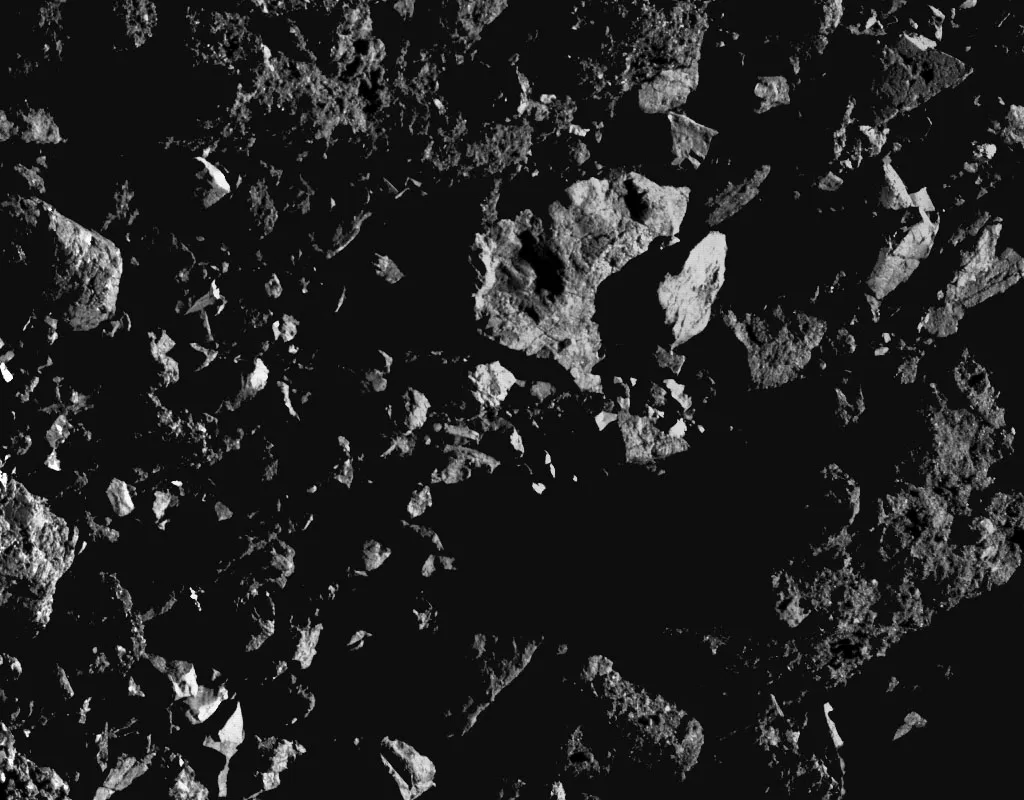
Analysing samples from space
OSIRIS-REx is expected to collect some pebbles up to 2cm in diameter.
These can be sliced up and polished so they can be looked at under an electron microscope.
This gives a close-up view of the physical and chemical structure of a rock.
Other tests will use lasers to precision burn parts of the sample, sniffing out the elements released in the smoke.
All around the world, teams of planetary geologists will be taking these samples and cutting them up, smashing them to pieces, burning them.
Even dissolving them in acid.
When data from these tests is put together, it will give a picture of what the asteroid is made from and its structure.
As we know the conditions needed for certain minerals to form, or what has to happen for a particular crystal structure to arise, all this information will help us to understand that particular asteroid’s history, leading to what we see today.
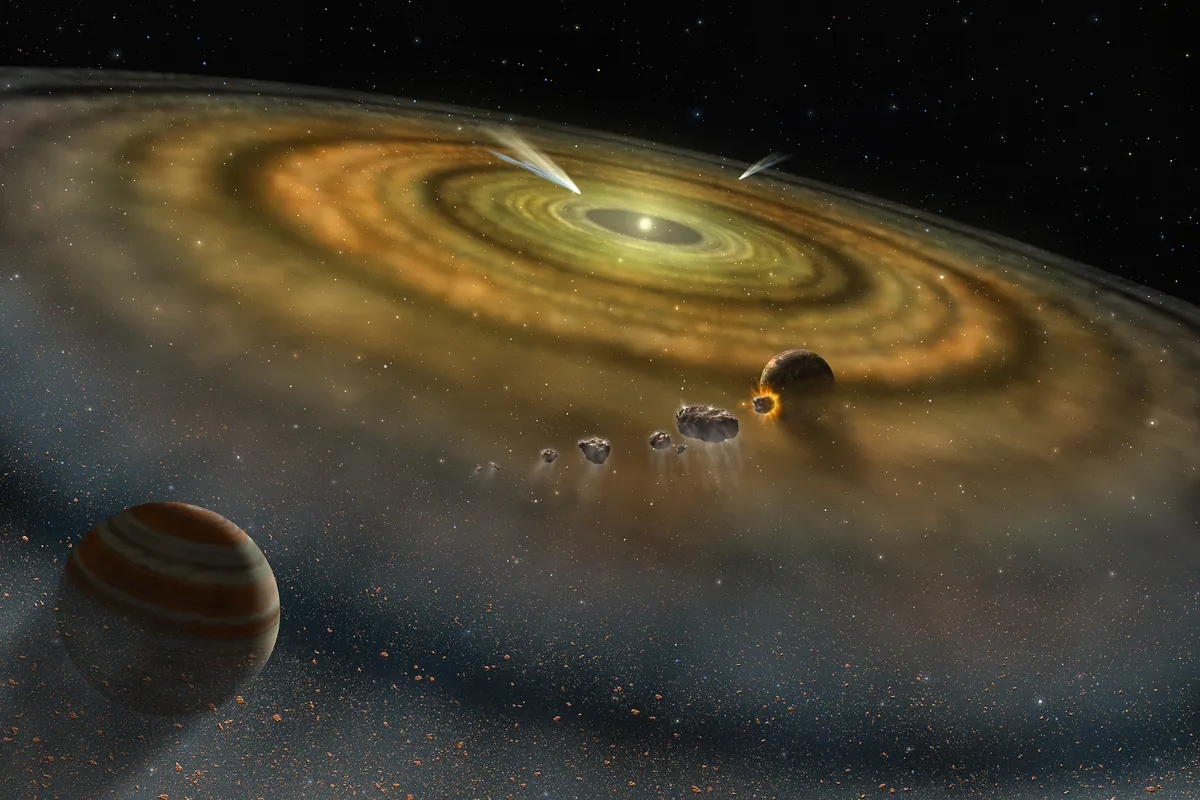
Once we have that knowledge, it will be time to unleash the real power of returned samples.
This comes not from what they look like in and of themselves, but from how they compare with what we already have.
Currently, we only have direct samples from three asteroids, our Moon and a comet’s tail as collected by Stardust in 2004.
Hardly a full representation of the variety that we see across the Solar System.
For that, we have to turn to the vast meteorite collections at the Natural History Museum and other institutes around the world.
The handful of samples taken directly from source give a vital insight to peel away at least some of the uncertainties surrounding meteorites.

“Hayabusa2’s Ryugu sample looks like most chondrite meteorites,” says Russell.
“These are made of chondrules – tiny round blobs we think came from our protoplanetary disc.
So they’re frozen samples of what was there before the planets. Around 8% of meteorites that fall to Earth are chondrites.”
There is one big difference between Earth-collected chondrites and the Ryugu sample, however.
“Chondrites contain 20% water, Ryugu contained 10% water. The meteorites have soaked up water from the atmosphere which the sample return hadn’t.”
Perhaps even more exciting is the prospect that sample-return missions can visit places not represented by meteorites.
Early indications suggest that Bennu could be unlike anything we have on record.
With several more sample-return missions expected in the next few years, who knows what other worlds we could soon have a piece of, back here on Earth?
This article originally appeared in the September 2023 issue of BBC Sky at Night Magazine.

